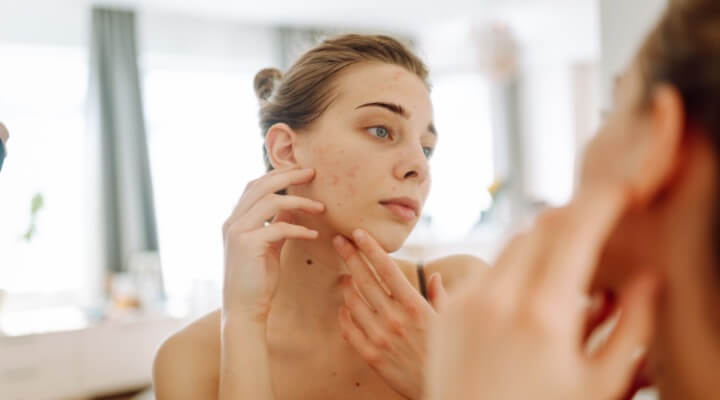Sycosis Barbae Information: Insights for Beauticians
As beauticians, it is vital to have an in-depth understanding of various skin conditions that may affect your clients. One such issue is sycosis barbae. This article aims to equip you with essential sycosis barbae information to enhance your ability to support your clients effectively.
Sycosis barbae refers to a chronic infection of the hair follicles located in the beard area, which is primarily caused by bacterial or fungal agents. This infection can often present as painful, inflamed bumps filled with pus, making it both uncomfortable and visually unappealing.

The Causes Behind Sycosis Barbae
The primary culprits of sycosis barbae are bacterial infections, notably those from Staphylococcus aureus, alongside fungal infections like dermatophytes. These organisms invade the hair follicles, leading to the characteristic pustules and inflammation.
Moreover, improper shaving techniques may worsen this condition. Failing to adhere to hygienic practices while shaving can introduce harmful bacteria into the follicles, triggering or exacerbating the infection.
Recognizing Symptoms: What to Look For
Spotting the symptoms early is crucial for effectively managing sycosis barbae. Common signs to look out for include:
- Red and swollen patches in the beard area.
- Pustules or small blisters filled with pus.
- Itching and sensitivity on the affected skin.
- Possible development of scabs or crusty areas.
It's worth noting that these symptoms can resemble other skin issues, such as folliculitis. Understanding these distinctions can be immensely helpful in guiding treatment decisions. For further insights, check out this resource on folliculitis from the American Academy of Dermatology.
Treatment Approaches: Skin Care Strategies
Managing sycosis barbae efficiently requires a blend of topical treatments, good hygiene, and occasionally, prescription medications. Beauticians can significantly contribute by recommending these effective strategies:
Topical Antibiotics and Antifungals
Utilizing topical antibiotics like mupirocin or antifungal creams such as ketoconazole can alleviate symptoms and reduce infection levels. Clients should be advised to follow their dermatologist's instructions regarding application frequency. For additional information, see this detailed guide on antifungal washes.
Encouraging clients to maintain cleanliness and dryness in the affected area can also help prevent additional infections and aid recovery. Furthermore, proper shaving techniques are vital in minimizing trauma to inflamed areas. Key recommendations include:
Proper Shaving Techniques
- Always use a clean, sharp razor and avoid sharing.
- Shave in the direction of hair growth to minimize irritation.
- Apply a calming aftershave balm to soothe inflammation.
For clients susceptible to sycosis barbae, suggesting alternatives like trimming or utilizing electric razors may help reduce irritation and follicular trauma. Regular hygiene practices are essential.

Preventive Measures: Keeping Sycosis Barbae at Bay
Prevention is key in skincare. Regular skin evaluations and good hygiene practices can dramatically decrease the risk of infection.
Additionally, incorporating antiseptic cleansers into your clients' skincare routines can help stave off bacterial infections. Consistent hand washing, especially before touching the face and beard, can significantly reduce the transfer of harmful bacteria.
FAQ
What distinguishes sycosis barbae from regular folliculitis?
Both conditions affect hair follicles; however, sycosis barbae tends to recur and predominantly develops in the beard region, whereas regular folliculitis can affect any body area with hair.
Can lifestyle choices influence sycosis barbae?
Absolutely. Shaving habits, personal hygiene routines, and even levels of stress can play roles in triggering or worsening the condition.
Do home remedies help alleviate sycosis barbae symptoms?
Applying warm compresses and using antiseptic body washes may offer some relief. However, severe cases should always be assessed by a qualified healthcare professional. For further reading, check this external article on skin care.

